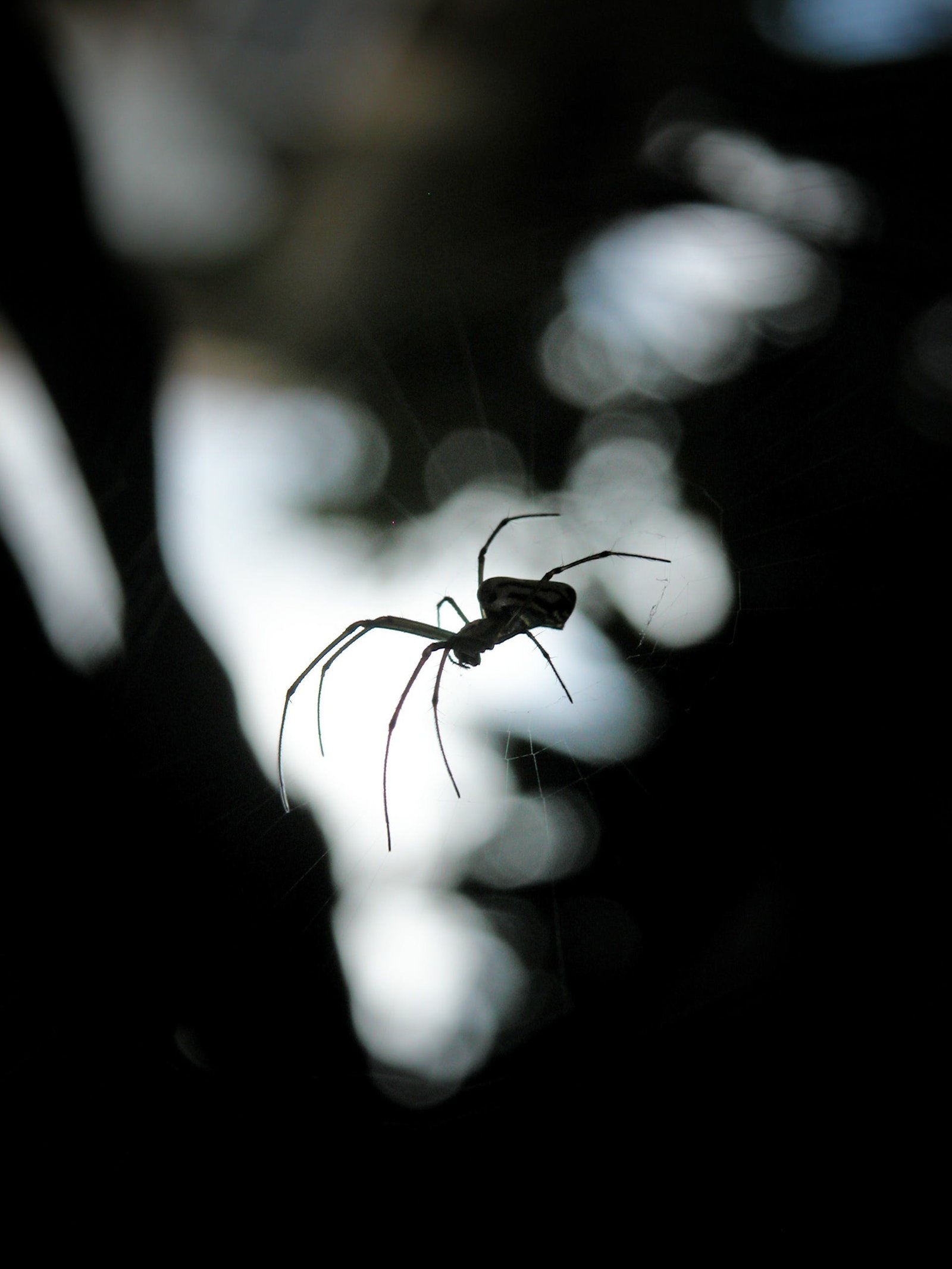Imagine a world where even the most intimidating creatures are not without their own predators. In the fascinating realm of arachnids, we often associate tarantulas with unparalleled strength and fearlessness. However, have you ever wondered if even these formidable arachnids could be at risk from larger predatory species like whip scorpions? Join us as we explore the intricate web of the arachnid kingdom and uncover the surprising possibility of tarantulas being threatened by their formidable counterparts.

Background Information
Tarantulas and whip scorpions are both arachnids belonging to the class Arachnida. While they share some similarities, they have distinct differences in their physical characteristics and predatory behavior.
Tarantulas and Whip Scorpions
Tarantulas are large spiders known for their hairy appearance and imposing size. They are found in various parts of the world and are known for their venomous bite. Whip scorpions, on the other hand, are arachnids that belong to the order Thelyphonida. They have a peculiar appearance with elongated front legs that resemble whip-like structures, giving them their name. Unlike tarantulas, whip scorpions do not possess venom glands.
Predatory Behavior of Whip Scorpions
Whip scorpions are nocturnal hunters that primarily feed on insects and other arthropods. They use their elongated front legs to capture prey and their powerful pincers to immobilize it. Despite lacking venom, whip scorpions rely on their robust pincers and strong front legs to overpower their prey. This predatory behavior sets them apart from tarantulas, which primarily rely on venom to subdue and kill their prey.
Physical Characteristics
Size and Body Structure
Tarantulas are known for their impressive size, with some species growing up to 12 inches in leg span. They have a robust and hairy body, which aids in their camouflage and defense against predators. Whip scorpions, on the other hand, are generally smaller, with typical leg spans ranging from 2 to 6 inches. They have a flattened body structure and lack the external coating of long hairs seen in tarantulas.
Defensive Mechanisms
Both tarantulas and whip scorpions have developed effective defensive mechanisms to protect themselves from predators. Tarantulas have specialized hairs called urticating hairs on their abdomen, which they can flick off when threatened. These irritating hairs can cause discomfort and injury to potential predators. In contrast, whip scorpions rely on their intimidating appearance and defensive postures to deter predators. They can rear up their front legs, resembling a scorpion’s stance, to appear more formidable.

Habitat
Ecological Niche of Tarantulas
Tarantulas inhabit a wide range of environments, from rainforests to deserts. They can be found in burrows, tree crevices, and even man-made structures. Some species are arboreal, meaning they live in trees, while others are terrestrial, living on the ground. Tarantulas play an important role in their ecosystems as predators, regulating the populations of insects and other arthropods.
Preferred Environments for Whip Scorpions
Whip scorpions tend to inhabit warm and humid regions, such as tropical rainforests and caves. They are commonly found in soil, leaf litter, and beneath rocks or logs. Whip scorpions are more adaptable to different habitats compared to tarantulas, as they can tolerate a wider range of temperatures and moisture levels. They are often found in areas with ample hiding places, as they are nocturnal and seek shelter during the day.
Feeding Behavior
Diet of Tarantulas
Tarantulas are carnivorous and have a varied diet. They primarily feed on insects, such as beetles, grasshoppers, and moths, but they are also known to prey on small vertebrates like lizards and mice. Tarantulas use their venom to immobilize their prey before consuming it. They have specialized mouthparts called chelicerae, which they use to pierce and inject venom into their victims.
Prey Selection by Whip Scorpions
Whip scorpions have a diet similar to tarantulas, consisting mainly of insects and other arthropods. They are opportunistic predators and will feed on whatever prey they encounter. Their strong pincers allow them to crush the exoskeletons of their prey, enabling them to consume a wide range of arthropods. Whip scorpions are known to scavenge as well, feeding on dead animals or decaying organic matter.

Interactions Between Tarantulas and Whip Scorpions
Competition for Food and Resources
Tarantulas and whip scorpions occupy similar niches as nocturnal predators within their respective ecosystems. This can lead to competition for food and resources. Both arachnids rely on a similar prey base, such as insects and small arthropods, which may create competition between them. However, the intensity of this competition may vary depending on factors such as abundance of prey and habitat overlap.
Predatory Interactions
While tarantulas and whip scorpions both prey on insects and other arthropods, their methods of predation differ. Tarantulas use their venom to immobilize their prey, whereas whip scorpions rely on their powerful pincers and front legs. It is rare for whip scorpions to directly prey on tarantulas, as tarantulas are generally larger and more capable of defending themselves. However, if a weakened or injured tarantula is encountered, whip scorpions may take advantage of the opportunity to scavenge.
Impact on Tarantula Populations
Effects of Whip Scorpion Predation
While whip scorpions may not pose a significant direct threat to healthy tarantula populations, their predation can have an impact on weakened or injured individuals. Whip scorpions are opportunistic feeders and will scavenge on any available food source, including dying or dead tarantulas. If tarantula populations are already stressed due to other factors, such as habitat loss or climate change, whip scorpion predation could further exacerbate their decline.
Adaptations and Survival Strategies
Tarantulas have evolved various adaptations to defend themselves against predators, including camouflage, urticating hairs, and venomous bites. They are also skilled at hiding in their burrows or seeking shelter during vulnerable periods. These survival strategies help them mitigate the impacts of predation and increase their chances of survival. However, in the face of multiple threats, such as predation, habitat loss, and climate change, the long-term survival of tarantulas may be at risk.

Other Threats to Tarantulas
Predation by Other Animals
While whip scorpions may pose a minor threat to tarantulas, other animals can also prey on these large spiders. Some examples include birds, reptiles like snakes and lizards, small mammals, and other large arachnids. Larger tarantula species are less susceptible to predation due to their size and defensive capabilities. However, smaller or juvenile tarantulas may be more vulnerable to predation.
Habitat Loss and Climate Change
One of the greatest threats to tarantula populations is habitat loss and fragmentation. Human activities such as deforestation, urbanization, and agriculture have led to the destruction of tarantula habitats worldwide. Additionally, climate change can alter the temperature, precipitation patterns, and availability of resources in tarantula habitats, further impacting their populations.
Conservation Efforts
Protective Measures for Tarantulas
Conservation efforts for tarantulas focus on protecting their habitats and raising awareness about their ecological importance. Establishing protected areas, such as national parks or wildlife reserves, can safeguard critical tarantula habitats. Additionally, regulating the pet trade and promoting responsible pet ownership can reduce the impact on wild tarantula populations. Captive breeding programs also play a role in preserving certain species of tarantulas.
Research and Education
Research plays a crucial role in understanding the behavior, ecology, and conservation needs of tarantulas. Studying their population dynamics, habitat requirements, and responses to threats can inform conservation strategies. Education and outreach programs can also raise public awareness about the importance of conserving tarantulas and their role in ecosystems.

Conclusion
Understanding the Interactions
While larger predatory arachnids like whip scorpions can potentially threaten weakened or injured tarantulas, they are not a significant direct threat to healthy populations. However, when combined with other factors such as habitat loss, climate change, and predation by other animals, the long-term survival of tarantulas could be at risk. Understanding the interactions and dynamics between different species is crucial for effective conservation efforts.
Importance of Conservation
Tarantulas play an essential role in maintaining ecological balance in their respective habitats. As predators, they help control insect populations, contributing to the overall health of ecosystems. Conservation efforts aimed at protecting their habitats and addressing human-induced threats are vital to ensure the long-term survival of tarantula populations. By preserving tarantulas, we not only protect a unique and fascinating group of creatures but also help maintain the integrity of our natural world.
